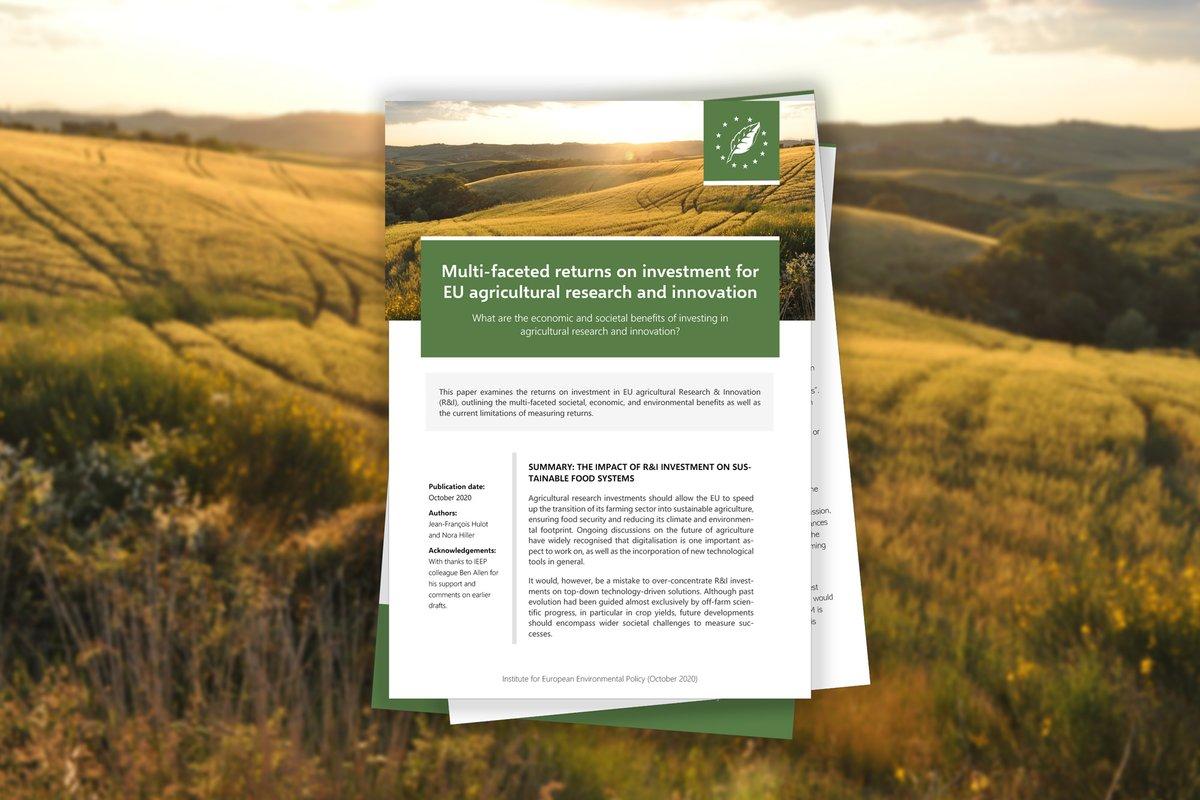AUTHORS: Nora Hiller – Jean-François Hulot
This briefing paper examines the returns on investment in EU agricultural research and innovation (R&I), outlining the multi-faceted societal, economic, and environmental benefits as well as the current limitations of measuring returns.
From a public goods perspective, each euro of the EU budget invested in R&I can generate as much as €10 to €11 of GDP gains over the same period. Yet investments in agricultural research have slowed down since in the 1990s, and have become over-concentrated on top-down technology-driven solutions.
Past evolution of R&I has been guided almost exclusively by off-farm scientific progress, but future developments should broaden this approach to encompass on-farm and in-system research linked to wider societal challenges to better connect R&I with on the ground delivery, and monitor success in line with sustainability indicators.
This paper shows that transition pathways should align agricultural objectives with the big targets of climate neutrality and biodiversity protection set by the European Green Deal, as well as with the 17 Sustainable Development Goals. One crucial pre-condition to success in this transition is that sufficient public funding is reserved for agricultural research in the coming years.
The agreement on the future EU budget takes a significant step towards deeper EU integration, but also puts a break on past trends. For the first time, the R&I budget does not increase, and the agreement reached in July 2020 by the heads of state and government set the R&I allocation for Horizon Europe at €80,.9 bn. That is roughly the same envelope as the previous Horizon 2020 programme.



